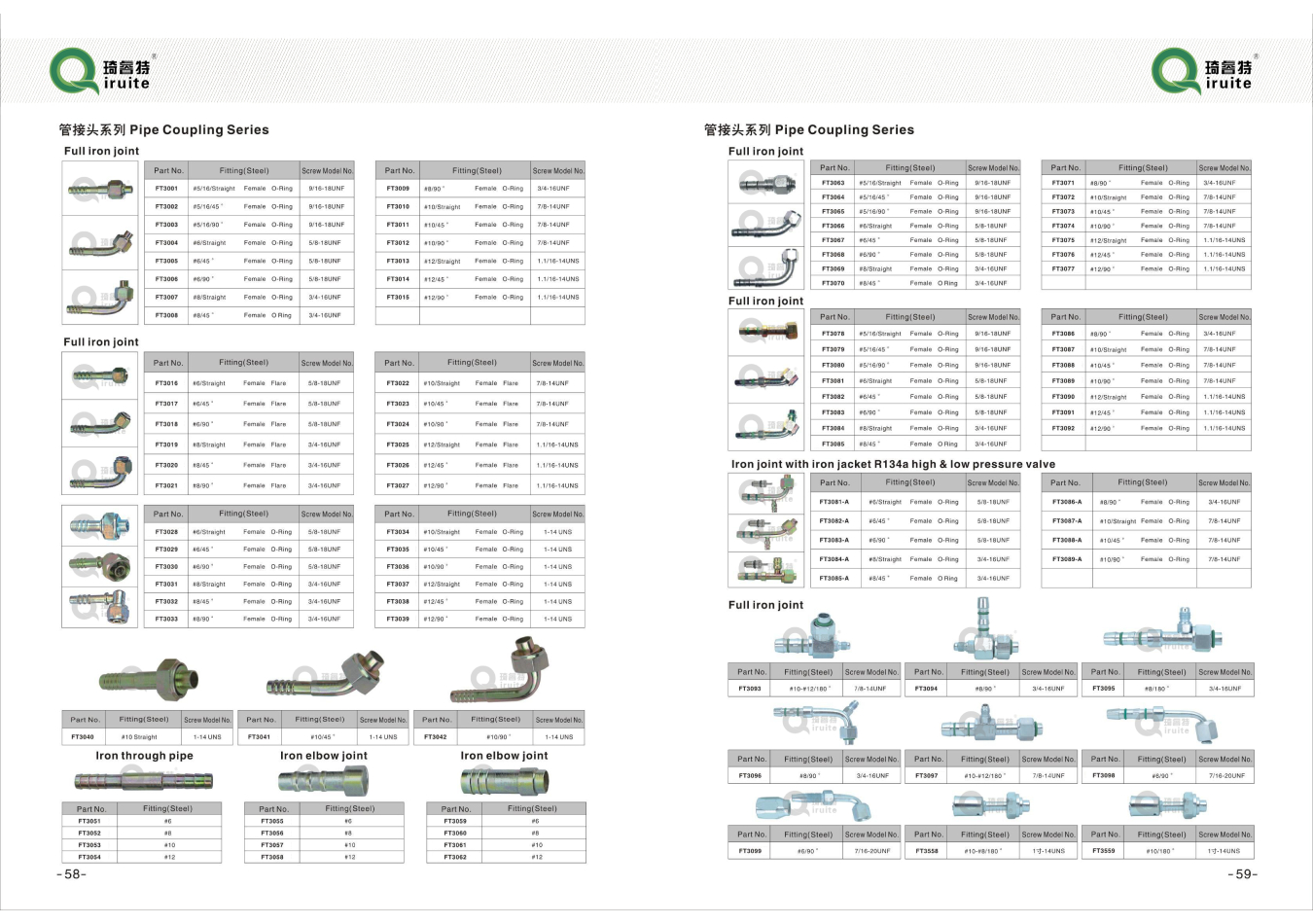Effective Solutions for Car Air Conditioning Pipe Repair Techniques
Car AC Pipe Repair A Comprehensive Guide
When it comes to vehicle maintenance, ensuring that your air conditioning (AC) system functions correctly is crucial, especially during hot summer months. One common issue that can arise with AC systems is the failure of the AC pipes, leading to leaks and reduced cooling efficiency. This article will provide insight into the importance of AC pipe repair, common symptoms of pipe issues, and a brief overview of the repair process.
Understanding the Role of AC Pipes
AC pipes are an essential component of your vehicle's air conditioning system. They help transport refrigerant to and from the AC compressor, evaporator, and condenser. If these pipes become damaged or deteriorate over time—whether due to corrosion, physical damage, or wear and tear—it can cause refrigerant leaks. This not only impairs the performance of the AC system but can also lead to more significant issues if not addressed promptly.
Common Symptoms of AC Pipe Issues
1. Reduced Cooling Efficiency If you notice that your car's AC is not cooling the cabin as effectively as it used to, it could be a sign of a leak in the AC pipes. 2. Hissing Sounds Unusual hissing or bubbling noises coming from the AC system may indicate a refrigerant leak.
3. Visible Signs of Damage Inspect the AC pipes for any signs of wear, such as cracks or corrosion. You may also notice oily residue around the pipe joints, which can indicate a refrigerant leak.
4. Freon Low Warning If your vehicle’s dashboard indicates low Freon levels, it’s essential to check for leaks in the AC pipes.
The Repair Process
car ac pipe repair

Repairing AC pipes is a task that can often be handled by a professional mechanic, but some car enthusiasts may choose to tackle it themselves. Here’s a brief overview of the steps involved in the repair process
1. Diagnosing the Problem Use electronic leak detection tools or soapy water to pinpoint the source of the leak.
2. Discharging the AC System Before starting any repairs, ensure the AC system is safely discharged. This prevents any refrigerant from escaping into the atmosphere.
3. Removing Damaged Pipes Carefully remove the damaged AC pipes while taking care not to disturb other components.
4. Replacing or Repairing the Pipes Depending on the extent of the damage, you may choose to replace the pipes with new ones or use specialized sealants for minor repairs.
5. Testing the System After repairs are complete, recharge the AC system with refrigerant and conduct a thorough test to ensure that the cooling performance has been restored.
Conclusion
Maintaining your car’s AC system, particularly its pipes, is vital for ensuring a comfortable driving experience. Regular inspections and prompt repairs can help you avoid more significant issues down the line. Whether you choose to handle the repair yourself or seek professional help, understanding the basics of AC pipe repair will equip you with the knowledge necessary to keep your vehicle’s cooling system in optimal condition.
-
Ultimate Spiral Protection for Hoses & CablesNewsJun.26,2025
-
The Ultimate Quick-Connect Solutions for Every NeedNewsJun.26,2025
-
SAE J1401 Brake Hose: Reliable Choice for Safe BrakingNewsJun.26,2025
-
Reliable J2064 A/C Hoses for Real-World Cooling NeedsNewsJun.26,2025
-
Heavy-Duty Sewer Jetting Hoses Built to LastNewsJun.26,2025
-
Fix Power Steering Tube Leaks Fast – Durable & Affordable SolutionNewsJun.26,2025

